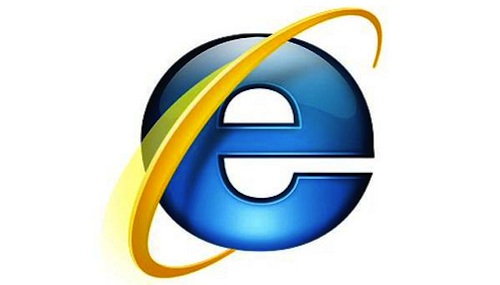
Internet Explorer has been sliding downhill in market share for the past few years, but recently mined stats show something the critics never expected to see: a small but significant uptick in IE’s numbers since the beginning of 2012.
Data from NetMarketShare show that while IE had indeed been in a slump for quite some time, the browser picked up slightly more than 1% of market share between December 2011 and January 2012.
And that percentage point wasn’t just a fluke: IE held steady between January and February but grew nearly another whole point between February and March 2012.
Regardless of waxing and waning percentage points in recent months, Internet Explorer has been the unquestioned top dog in this race for quite some time. Chrome, one of the fastest-gaining players in the browser wars, only recently reached the number-two spot in a tight race with Firefox; and both of those browsers only claim around 25% of the market each.
So, what could have happened to shift the tides in IE’s favour?
For one thing, Microsoft has been working to kill off older versions, such as the much maligned IE6. “IE6 has been the punch line of browser jokes for a while, and we’ve been as eager as anyone to see it go away,” wrote Roger Capriotti, director of Internet Explorer marketing, at the beginning of the year. “Less than a year later, I’m thrilled to say that the US has joined the ranks of Austria, Poland, Sweden, Denmark, Finland and Norway in dropping below 1% usage of IE6.”
Along with killing off “bad” versions, the company has been working to get machines to update automatically to newer versions of Internet Explorer. “This is an important step in helping to move the Web forward,” wrote Internet Explorer senior director Ryan Gavin at the end of last year. “The Web overall is better — and safer — when more people run the most up-to-date browser.” — Jolie O’Dell,VentureBeat![]()




